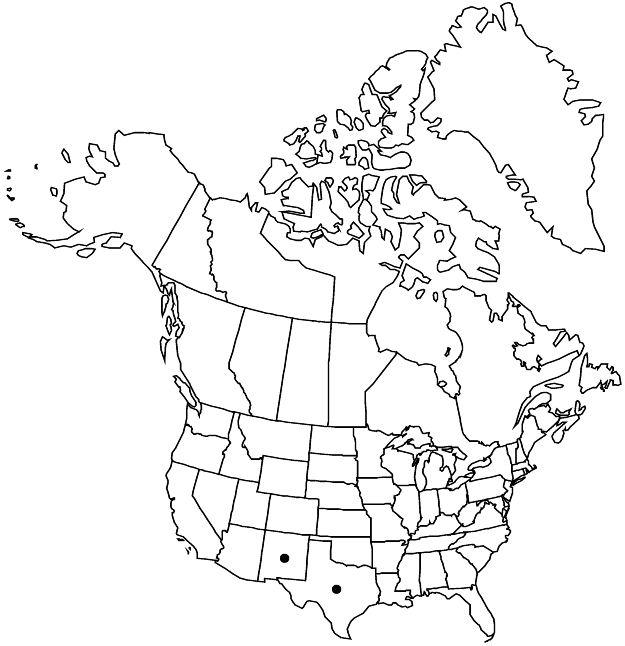Croton dioicus
Icon. 1: 4, plate 6. 1791.
Subshrubs, 2–5 (–9) dm, dioecious. Stems well-branched from base, stellate-lepidote. Leaves not clustered; stipules rudimentary or absent; petiole 0.2–0.8 (–2) cm, usually less than 1/2 blade length, glands absent at apex; blade narrowly elliptic-ovate to lanceolate, 1–6.5 × 0.6–2.2 cm, usually less than 1/2 as wide as long, base rounded, margins entire, apex acute to rounded, abaxial surface pale green, densely silvery lepidote or stellate-lepidote, adaxial surface darker green, less densely lepidote. Inflorescences unisexual, racemes; staminate 2–8 cm, flowers 4–16; pistillate 0.5–1 cm, flowers 2–5. Pedicels: staminate 1–4 mm, pistillate 2–5 mm. Staminate flowers: sepals 5, 1 mm, abaxial surface lepidote; petals 0; stamens 10–12. Pistillate flowers: sepals 5, equal, 1.5–2 mm, margins entire, apex straight to slightly incurved, abaxial surface stellate-lepidote; petals 0; ovary 3-locular; styles 3, 0.5–1.5 mm, 2–3 times 2-fid, terminal segments 12–24. Capsules 5–6 mm diam., smooth; columella 3-winged. Seeds 3.5–5 × 3–4 mm, shiny or dull. 2n = 28, 56.
Phenology: Flowering Mar–Nov.
Habitat: Limestone and igneous mountains, canyons, mesas, flats, disturbed areas.
Elevation: 30–2000 m.
Distribution

N.Mex., Tex., Mexico
Discussion
Selected References
None.
Lower Taxa
"connate" is not a number. "distinct" is not a number."dm" is not declared as a valid unit of measurement for this property.